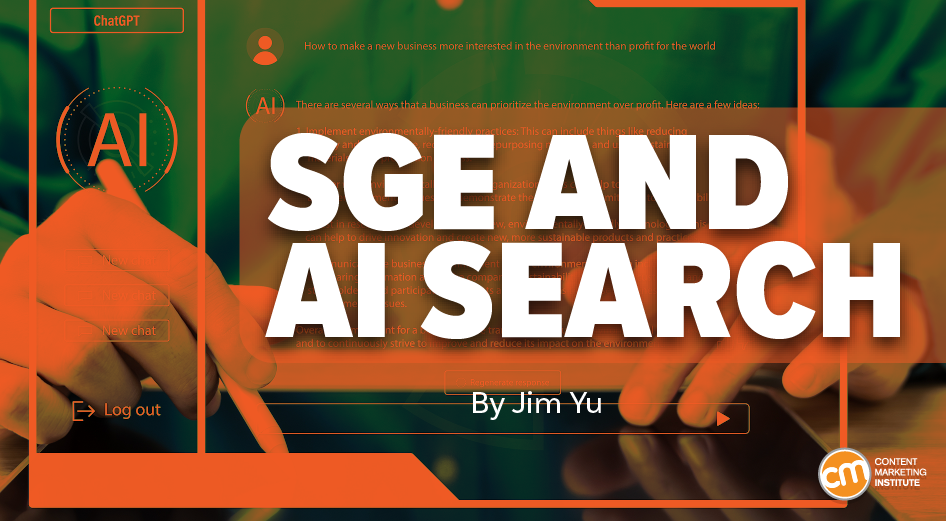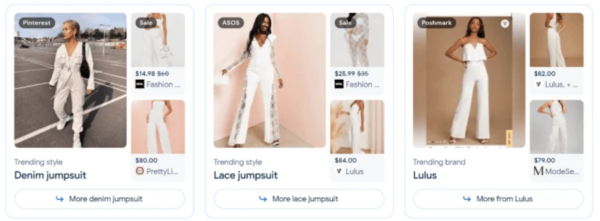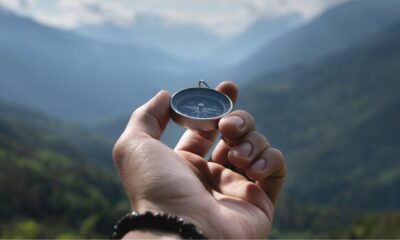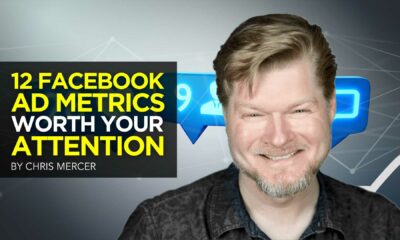You just applied a dose of shampoo to your hair. You finished your best singing-in-the-shower rendition of Ed Sheeran’s “Shivers” when BAM! That once-in-a-lifetime genius marketing idea hits that will enrapture customers and slay your KPIs. As the firm’s newly appointed CMO, you need a breakthrough.
Tripping out of the shower with shampoo still in your hair, you schedule an urgent Zoom call with your leadership team to unveil your brilliance. Your Marketing Operations (MOps) director’s face looks like you just ate her puppy for breakfast. Was it your bathrobe? As she begins explaining her concerns, you see your idea dashing up against the shoals of MOps reality.
Sigh.
For many CMOs, the marketing ops team is the killer of dreams, stopping creative marketing strategies in their tracks or diluting them beyond recognition. The best CMOs balance creativity with marketing ops constraints and partner with rather than dictate to this vital team. Where your technology expenditures top marketing budgets, ensuring your marketing ops is a fulfiller of dreams has never been more important.
Here are five CMO tips to help your MOps team become a fulfiller of dreams:
1. Temper the reality distortion field
Steve Jobs was infamous for his “reality distortion field,” continuously ignoring engineering constraints in favor of harnessing creativity. Early in his career, he challenged everything, eventually leading to his ousting from Apple. Later, he found more balance, challenging constraints at critical junctures while channeling his creative genius to transform industries. CMOs can learn from Jobs. MOps works under many constraints: what marketing tools can do, how data is structured, whether the data is clean and what team capacity is available. Rather than distorting reality, take time to understand constraints so you can build marketing strategies that work with rather than against these limitations.
For example, CMOs understand what MOps platforms are designed to do, but few understand how they are engineered. If you’re using your enterprise-grade CMS to create hand-crafted, custom-coded websites, you’re missing the power of its configuration and modularity.
It’s not to say there aren’t times for custom-coded websites and that constraints shouldn’t be challenged, but leveraging strength is the fastest track to progress. Where you are weak, push MOps to get better, but don’t push all weaknesses at once or all the time, or you risk a MOps mutiny. CMOs that find a sensible balance will gain the respect and trust of MOps, fueling their desire to find those breakthroughs.
Get the daily newsletter digital marketers rely on.
2. Avoid the $100 hamburger
A New York City chef advertises a succulent, $100 hamburger of the finest ingredients. While she can taste all $100 of her culinary genius, the average consumer’s palette tops out at $20, leaving $80 of hamburger enjoyment wasted. Similarly, creating the $100 hamburger of marketing content means obsessing over a delicate turn of phrase, a 1-pixel move of an image to the right, or the judicious use of a semi-colon. Endless feedback loops on delicate nuances require staging, rendering, publishing and localizing, burdening MOps with rework largely undetectable by customers. Savvy CMOs understand this law of diminishing returns and seek progress over perfection. It pains some to think of putting out “really good” versus “near perfect” content, but they should ask themselves, “by making these changes, how many incremental conversions am I going to drive?”
Thankfully, site analytics can be an impartial judge in determining how tasty the site needs to be to drive conversion before additional flavor becomes superfluous. Making practical content tradeoffs will secure MOps’ loyalty.
3. Stay on target
A fellow MOps colleague built a bullet-proof process for his CMO to prioritize MOps work, complete with a martech stack roadmap, program enablement, and new features. His first priority meeting went swimmingly as the CMO raved about the process, gloried its clarity and set a clear direction. My friend was delighted until the next priority meeting.
It was as though the CMO had amnesia, experiencing the priority process for the first time. Despite MOps cautions, she made dramatic shifts, reordered priorities, and inserted new, ambitious asks, citing shifts in strategic direction that were largely unknown to the team. When asked to make tradeoffs, she struggled while questioning the longer delivery lead times. My MOps friend left deflated only to experience a Jekyll and Hyde CMO for the next few months with more “strategic” shifts in direction that masked the CMOs inability to hold to a consistent strategy.
In the whiplash of changes, my MOps friend suffered disproportionately as his platforms and data were not as pliable as creative and copy, making him look like a laggard. Of course, MOps teams expect change, but they will bend over backward for the CMO that holds a steady course.
4. Reward more fire prevention, less firefighting
Too many marketing organizations embrace the Hair on Fire (HOF) approach where teams madly scramble in a continual state of chaos. When rewards are handed out, those whose flames burned the brightest (longest hours, most frantic pace) are recognized, perpetuating the cycle as HOF becomes the “go-to” method for execution. The HOF approach may look like the fastest way to get stuff done; ironically, when process and structure are consistently trampled in the panic to hit deadlines, things get slower. Each heroic HOF effort gets harder to muster. While HOF has its place for legit emergencies, it’s not viable long term as its “crack the whip” impact is painful for MOps, especially during last-mile execution.
CMOs should recognize that MOps can optimize the marketing supply chain, getting faster, efficient, and increased throughput as chaos is tamed. Through methods like standard processes, RACIs, intake forms, SLAs and powerful platforms, MOps can better organize and orchestrate marketing. CMOs must ditch their HOF security blanket and reward MOps’ efforts that prevent HOF rather than perpetuate it. Too much process will choke any organization, but sensible structure increases productivity and will charm the socks off your MOps team.
5. Empower the people
Some CMOs have a high need for creative control. I was assigned an ambitious, from-the-ground-up redesign and re-platforming of our marketing website by one marketing exec. Enthused, I presented the strategy, gained sign-off from my exec and planned our project kick-off. The exec asked to attend, and I assumed he would be there to see that things got off to a good start.
Within minutes it was clear he would drive the marketing strategy. As time progressed, he selected the design theme, spent late nights writing copy and hand-picked images, all while requesting iterative, finely-nuanced changes (see $100 Hamburger). Over time, key decisions backed up as he struggled to push decision-making deep enough into the organization to hit milestones. While the entire marketing team struggled with micro-management, the MOps team was hit hardest as backups begat emergencies, and their schedules were crashed to hit milestones. MOps teams appreciate a CMO that articulates clear governing principles and empowers the people to do the work.
I spend time reading online MOps forums, and there is a consistent theme of MOps feeling snake-bitten and underappreciated. They truly want to be fulfillers and not killers of dreams but need marketing leadership to understand their domain better. So, before you stumble out of the shower again with your next brilliant idea, share this article with MOps and ask them what resonates, what they need to become a fulfiller of dreams. Drop me a note at [email protected] and let me know how it goes!
Marketing work management: A snapshot
What it is: Marketing work management platforms help marketing leaders and their teams structure their day-to-day work to meet their goals on deadline and within budget constraints, all while managing resources and facilitating communication and collaboration. Functions may include task assignments, time tracking, budgeting, team communication and file sharing, among others.
Why it’s important today. Work environments have changed drastically due to the COVID-19 pandemic. This has heightened the need for work management tools that help marketers navigate these new workflows.
Marketers have been at work developing processes that allow them to work with those outside their own offices since marketing projects—campaigns, websites, white papers, or webinars—frequently involve working with outside sources.
Also, with marketers required to design interfaces, write content, and create engaging visual assets today, more marketers are adopting agile workflow practices, which often have features to support agile practices.
What the tools do. All of these changes have heightened the need for marketing work management software, which optimizes and documents the projects undertaken by digital marketers. They often integrate with other systems like digital asset management platforms and creative suites. But most importantly, these systems improve process clarity, transparency, and accountability, helping marketers keep work on track.
Read next: What is marketing work management and how do these platforms support agile marketing
Opinions expressed in this article are those of the guest author and not necessarily MarTech. Staff authors are listed here.






































You must be logged in to post a comment Login